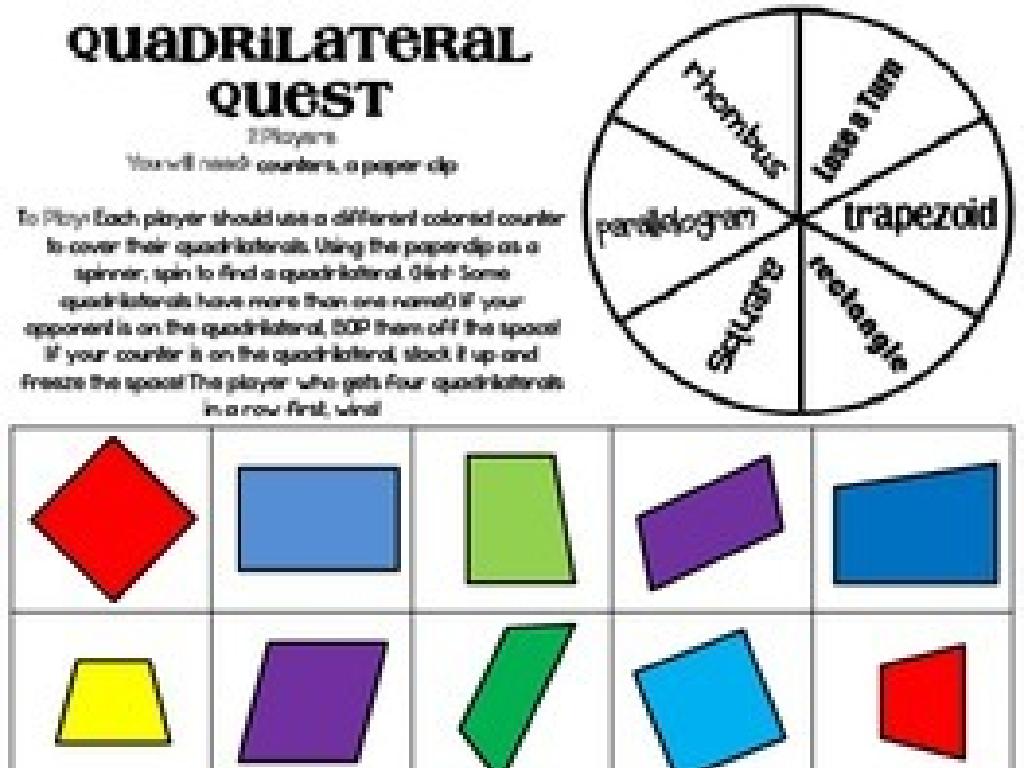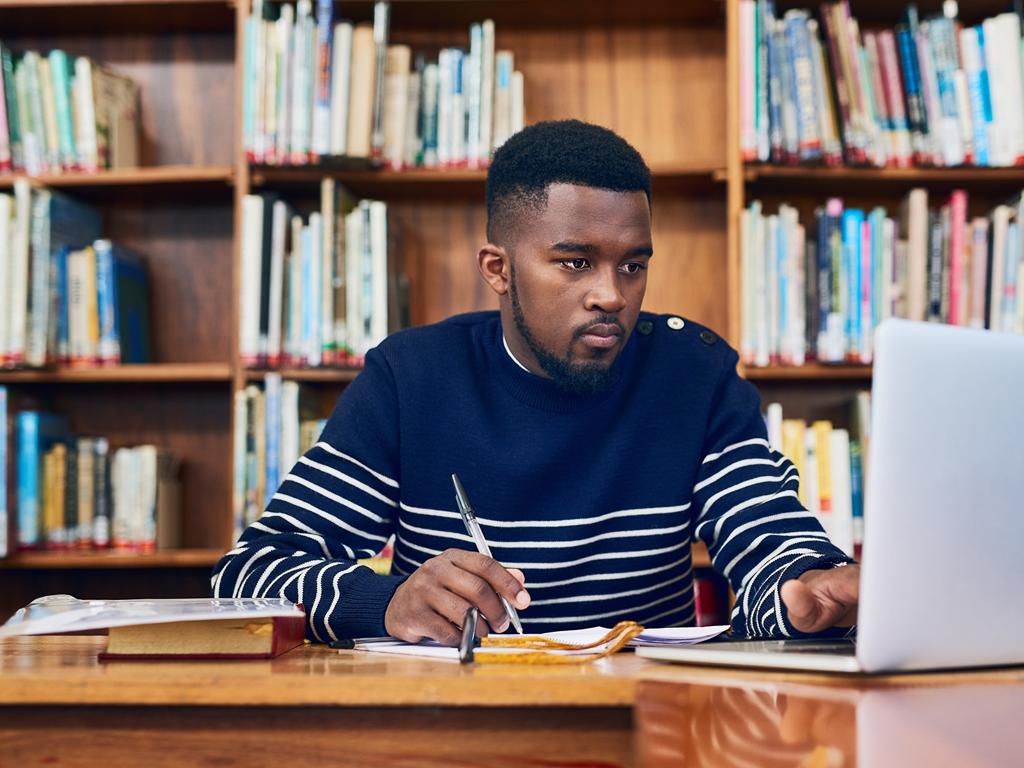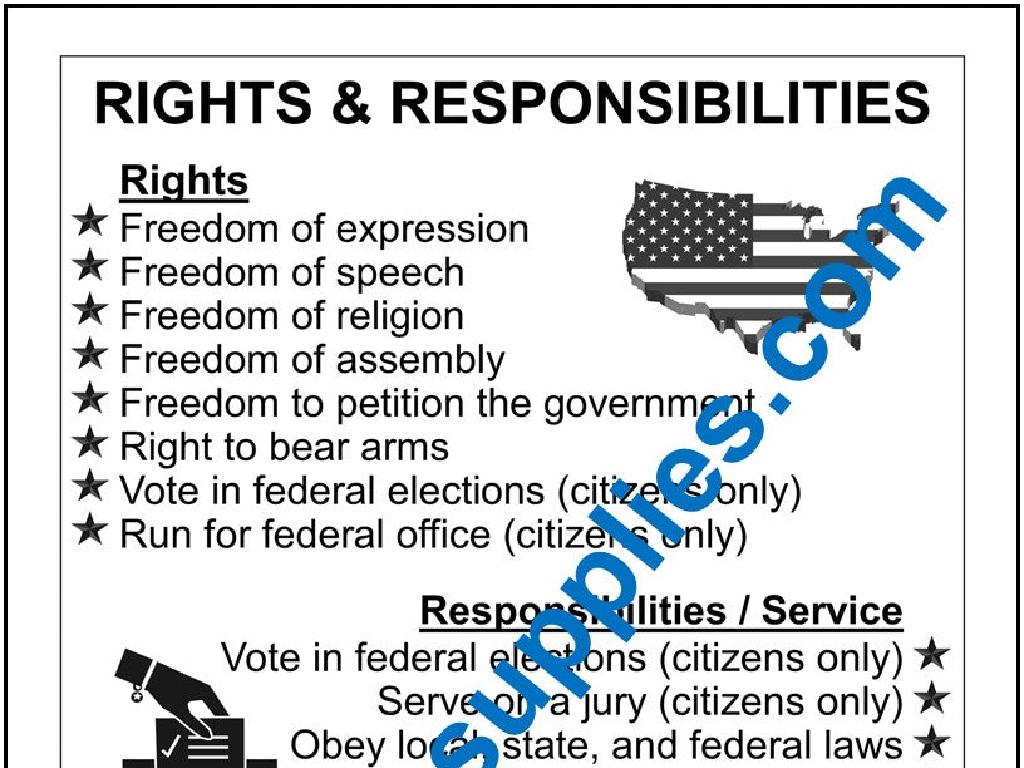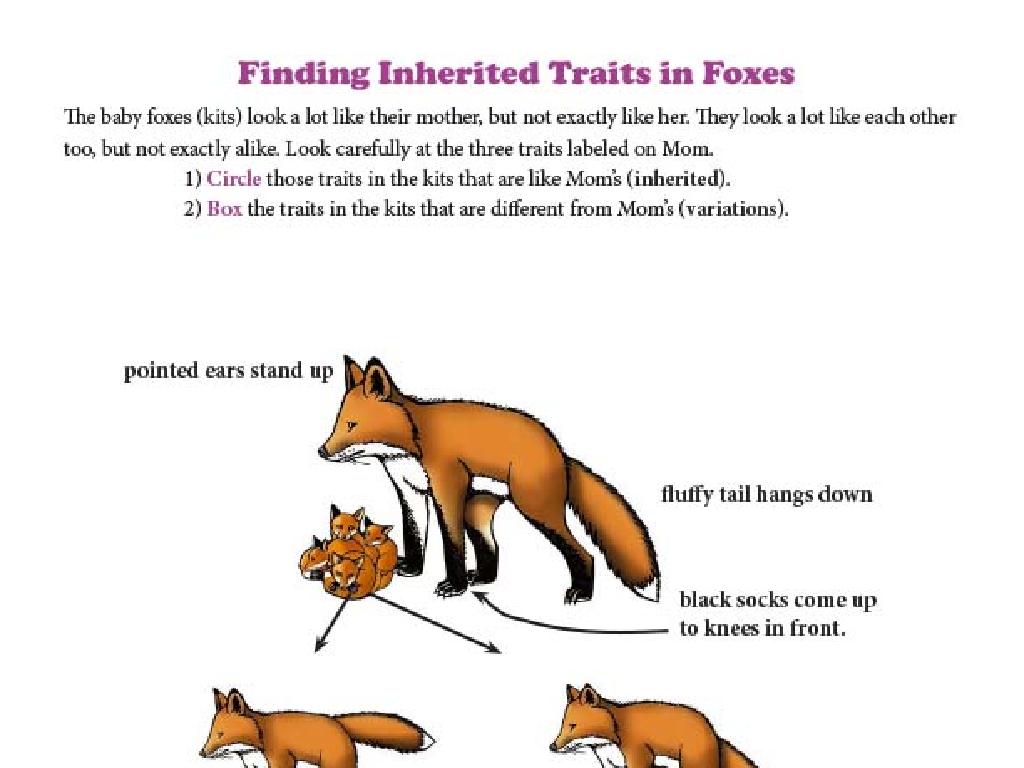Form The Singular Or Plural Possessive
Subject: Language arts
Grade: Sixth grade
Topic: Nouns
Please LOG IN to download the presentation. Access is available to registered users only.
View More Content
Introduction to Possessive Nouns
– Understanding possession in English
– Possession shows ownership or relationship
– Meaning of belonging in grammar
– ‘Belonging’ means something is owned by someone/something
– Classroom possessive noun examples
– ‘The teacher’s desk’, ‘students’ books’
– Forming singular and plural possessives
– Add ‘s for singular, just ‘ for plural nouns ending in s
|
This slide introduces the concept of possessive nouns, which are used to indicate ownership or a close relationship between two nouns. It’s important to explain that in English, we often show possession by adding an apostrophe and an ‘s’ to the end of a noun. For singular nouns, we add ‘s (e.g., the girl’s book). For plural nouns that already end in ‘s’, we just add an apostrophe (e.g., the girls’ books). Use items in the classroom as tangible examples to help students visualize and understand the concept. Encourage students to think of other examples and to practice forming both singular and plural possessives.
Forming Singular Possessive Nouns
– Forming singular possessive nouns
– Show ownership by a singular noun
– Add apostrophe + ‘s’ to singular nouns
– It’s as simple as adding ‘s after the owner’s name
– Example: The cat’s toy
– ‘cat’s’ shows the toy belongs to the cat
– Example: The girl’s book
– ‘girl’s’ indicates the book belongs to the girl
|
This slide introduces the concept of singular possessive nouns to the students. It’s important to explain that possessive nouns show ownership or belonging. The most common way to make a singular noun possessive is by adding an apostrophe and an ‘s’ at the end of the noun. Use clear examples like ‘the cat’s toy’ to show that the toy belongs to the cat, and ‘the girl’s book’ to indicate that the book belongs to the girl. Encourage students to come up with their own examples and write sentences using singular possessive nouns to reinforce the concept.
Forming Plural Possessive Nouns
– Form plural possessives correctly
– Show ownership by more than one noun
– Add apostrophe after ‘s’ for plurals
– Plurals ending in ‘s’ get apostrophe after
– Example: cats’ toys
– Multiple cats own the toys
– Example: girls’ books
– Multiple girls own the books
|
This slide aims to teach students how to form plural possessive nouns, which show ownership by more than one person or thing. Emphasize that for plural nouns that already end in ‘s’, we simply add an apostrophe at the end to make them possessive. Use clear examples like ‘cats’ toys’ to show that the toys belong to multiple cats, and ‘girls’ books’ to indicate that the books belong to multiple girls. Encourage students to come up with their own examples and to practice by writing sentences that use plural possessive nouns.
Irregular Plural Possessive Nouns
– Irregular plural nouns possessives
– Not all plurals end in ‘s’, like ‘men’ or ‘mice’
– Add apostrophe + ‘s’ to non-‘s’ endings
– We add ‘s after these irregular plurals to show possession
– Example: children’s playground
– ‘Children’ is plural for ‘child’, add ‘s for ownership
– Example: women’s meeting
– ‘Women’ is plural for ‘woman’, add ‘s to show they own the meeting
|
This slide focuses on teaching students how to form possessive nouns from irregular plural nouns. Unlike regular nouns that simply add an apostrophe after the ‘s’ to form the possessive, irregular plural nouns that do not end in ‘s’ require an apostrophe followed by an ‘s’. Examples like ‘children’s playground’ and ‘women’s meeting’ illustrate this rule. Emphasize that the possession is shown by the apostrophe and ‘s’, regardless of how the plural form of the noun is constructed. Encourage students to think of other irregular plurals and practice turning them into possessive forms, reinforcing the concept through repetition and example.
Practice: Singular & Plural Possessives
– Forming singular possessives
– Add ‘s to a singular noun to show possession, e.g., dog’s leash
– Forming plural possessives
– Add ‘ to a plural noun ending in s, e.g., dogs’ leashes
– Interactive class examples
– We’ll practice with nouns like ‘child’ and ‘children’
– Correcting common mistakes
– Learn to avoid errors like ‘its’ vs. ‘it’s’
|
This slide is aimed at engaging students in an interactive practice session on forming singular and plural possessives. Start by explaining the rules for adding ‘s to singular nouns and just an apostrophe to plural nouns that already end in s. Use everyday items as examples to make it relatable. During the interactive portion, encourage students to come up with their own examples and write them on the board. Pay special attention to irregular plural nouns and common pitfalls, such as the misuse of ‘its’ (possessive) and ‘it’s’ (contraction for it is). The goal is to solidify their understanding through practice and correction of mistakes.
Group Activity: Crafting Stories with Possessive Nouns
– Form groups and create a story
– Use possessive nouns in your story
– Show ownership with nouns, like ‘dog’s leash’ or ‘teachers’ lounge’
– Include both singular and plural possessives
– Present your story to the class
|
This activity is designed to help students practice using singular and plural possessive nouns in a creative context. Divide the class into small groups and instruct them to write a short story that includes examples of possessive nouns. Remind them that singular possessive nouns show ownership by one person or thing and are formed by adding an apostrophe + s (‘s), while plural possessive nouns show ownership by more than one person or thing and are formed by adding an apostrophe after the s (s’) if the plural noun already ends in s. After the groups have finished writing, have each group present their story to the class, highlighting the possessive nouns they used. This will reinforce the concept through both writing and speaking. Encourage the students to listen to each other’s stories and identify the possessive nouns used.
Wrapping Up: Possessive Nouns
– Recap possessive nouns lesson
– Homework: 10 possessive sentences
– Create sentences with nouns showing ownership
– Include both singular and plural forms
– Mix singular possessives (e.g., the dog’s bone) and plural possessives (e.g., the dogs’ park)
– Remember: Practice is key!
|
As we conclude today’s lesson on singular and plural possessive nouns, remind students of the key points discussed. For homework, they should write ten sentences that use possessive nouns, ensuring they practice both singular and plural forms. This will help reinforce their understanding of how to form possessives and the importance of the apostrophe in showing ownership. Encourage them to be creative and come up with sentences that reflect their own experiences or interests. Remind them that consistent practice is essential in mastering the use of possessive nouns.






